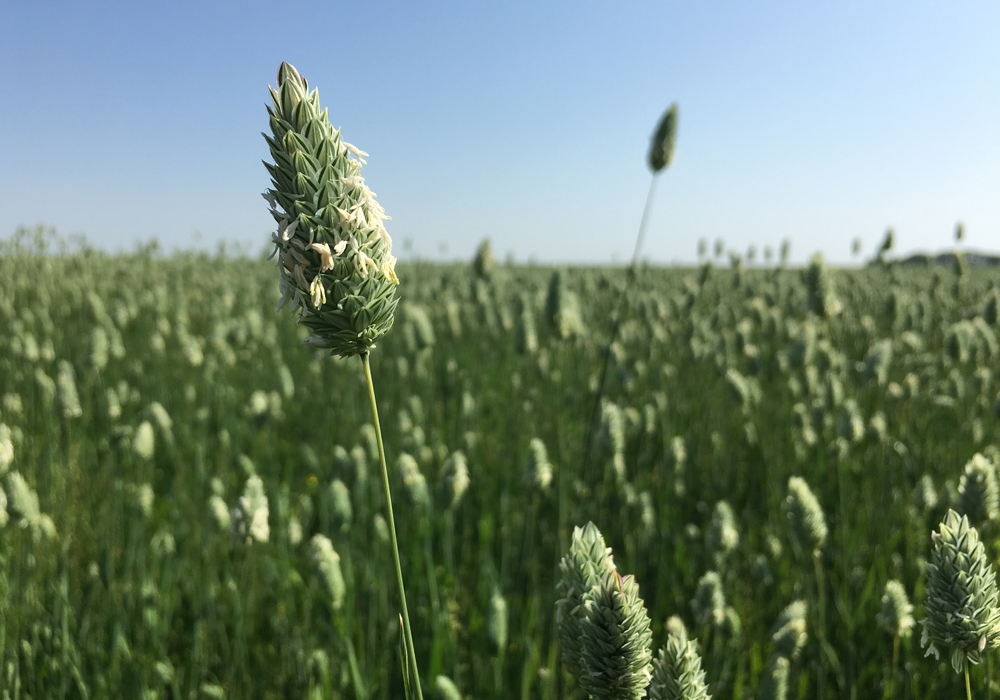In 2016, canaryseed was designated as safe for human consumption. Following this announcement, Saskatchewan Agriculture Minister Lyle Stewart predicted acreage dedicated to the crop would increase as it was incorporated into more human food products. The gluten-free grain was previously ingested only as birdseed, with Mexico and Europe being the main importers of the Canadian crop.
However, since retailers haven’t taken to the crop with the same verve as other non-traditional grains such as quinoa, prices have stayed flat for a number of years.
Kevin Hursh, executive director of the Canaryseed Development Commission of Saskatchewan, is undeterred. “We were warned adoption would be a slow process, but there has always been a market in health foods,” he said. “Penetration into seed use in snack bars, ground into flour, and on hamburger buns has been slow to develop.”
Read Also

Soybean market still figuring out implications of China-U.S. pact
Soybean futures had a muted reaction to the U.S. trade deal with China as the market tries to figure out the nuances of the deal.
Currently, producers make decisions based solely on demand from the birdseed market, Hursh explained.
As the 2019 growing season nears, prices are holding steady at 24 cents per pound delivered. This is a modest increase from 2018, which saw prices swing between 20 and 23 cents per pound.
The decision to plant canaryseed is largely influenced by prices of other major crops.
“There was disappointment with durum prices at one point, and though they’ve come back, it doesn’t take a lot to rather dramatically change acreage projections” said Hursh.
Statistics Canada estimates that production will fall by 23 percent in 2019, due to lower area and yields. However, Hursh believes output will ultimately remain stable.
“Given the current situation, prices aren’t really exciting, but [aren’t] declining” he said.
Statistics Canada also forecast that the stocks-to-use ratio will decrease significantly in 2019 to reflect tightening production levels.
The agency will publish an updated 2019 Principal Field Crop Areas report on April 24.















